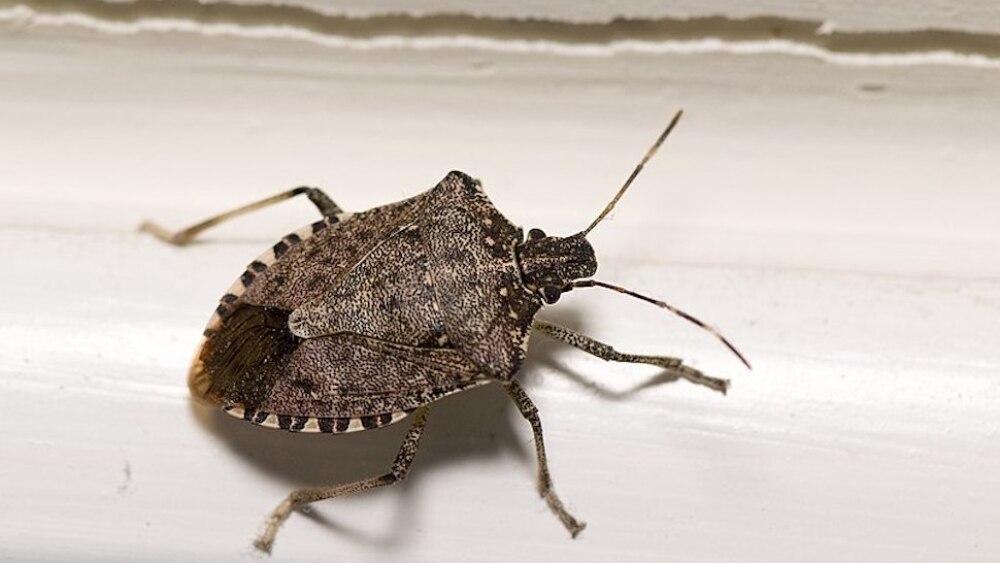Ahh, early spring. Flowers are peeking through the earth, birds are singing, and you’re probably running into a lot of stink bugs. While there are over 200 kinds of stink bugs (also called shield bugs) in the U.S., the most prevalent + most troublesome is the brown marmorated stink bug (BMSB, or Halyomorpha halys). DYK: “Marmorated” means having a marbled or streaked appearance.
All of my recent BMSB sightings got us wondering…where the heck did they come from, and why are they here?
Here’s what we found out about this pesky, stinky critter.
○ They’re an invasive species. They arrived in Pennsylvania from Asia (they’re native in China, Japan + Taiwan) in 1990 and have slowly made their way south. The first documented stink bug sightings in our state began showing up in 2011. Maybe they came for the sweet tea.
○ They have no known predators here in the U.S.
○ That stink is caused by an odor emitted through the bug’s abdomen released to deter predators, when it feels stressed out, or when it is crushed. It’s created by the “alarm compounds” trans-2-decenal and trans-2-octenal. DYK: The compounds are also anti-fungal + antimicrobial – so they could help stink bugs stay healthy.
○ The scent gets compared to cilantro, sulfur and ammonia, or even rancid meat. Some people don’t smell it at all.
○ Like the Asian Lady Beetle, stink bugs don’t come inside to mate. They’re just trying to stay warm. Getting cozy makes them want to explore, though, which is why they’re probably flying around your light fixtures.
○ Though big swarms of them are most often observed in the fall, stink bugs in homes have become a pretty much year-round occurrence. The good news: They don’t bite or destroy property.
○ But unlike Asian lady beetles (which also stink, btw), stink bugs are considered pests and aren’t beneficial for crops. In fact, they eat a huge variety of plants and can be very destructive.
What’s to be done? Click the button below and find out all the ways people are fighting the stink bug takeover – from parasitic wasps to soap.
So what can be done about these unwanted guests? Research into one of the bug’s natural predators, a parasitic wasp native to Japan known as the Samurai Wasp (Trissolcus japonicus), is promising. The wasp has been found in 10 states and presumably arrived with stink bugs. If that wasp naturally expands into S.C., it can be used against stink bugs. It cannot be released in states where it has not already been found. Researchers are also rearing lab colonies of native parasitic wasps to test their efficacy on the bugs, and looking at some spider + wheel bug species.
Don’t feel like shoo-ing your stink bugs out the door? Caulk windows and doors to prevent them from entering, and if they do come in, your best bet is to throw them into soapy water or flush them. If you vacuum them, be prepared to have your vacuum cleaner bag take on their smell. But whatever you do, don’t step on them.
Quiz
Find the answer in the wrap section of today’s newsletter.











